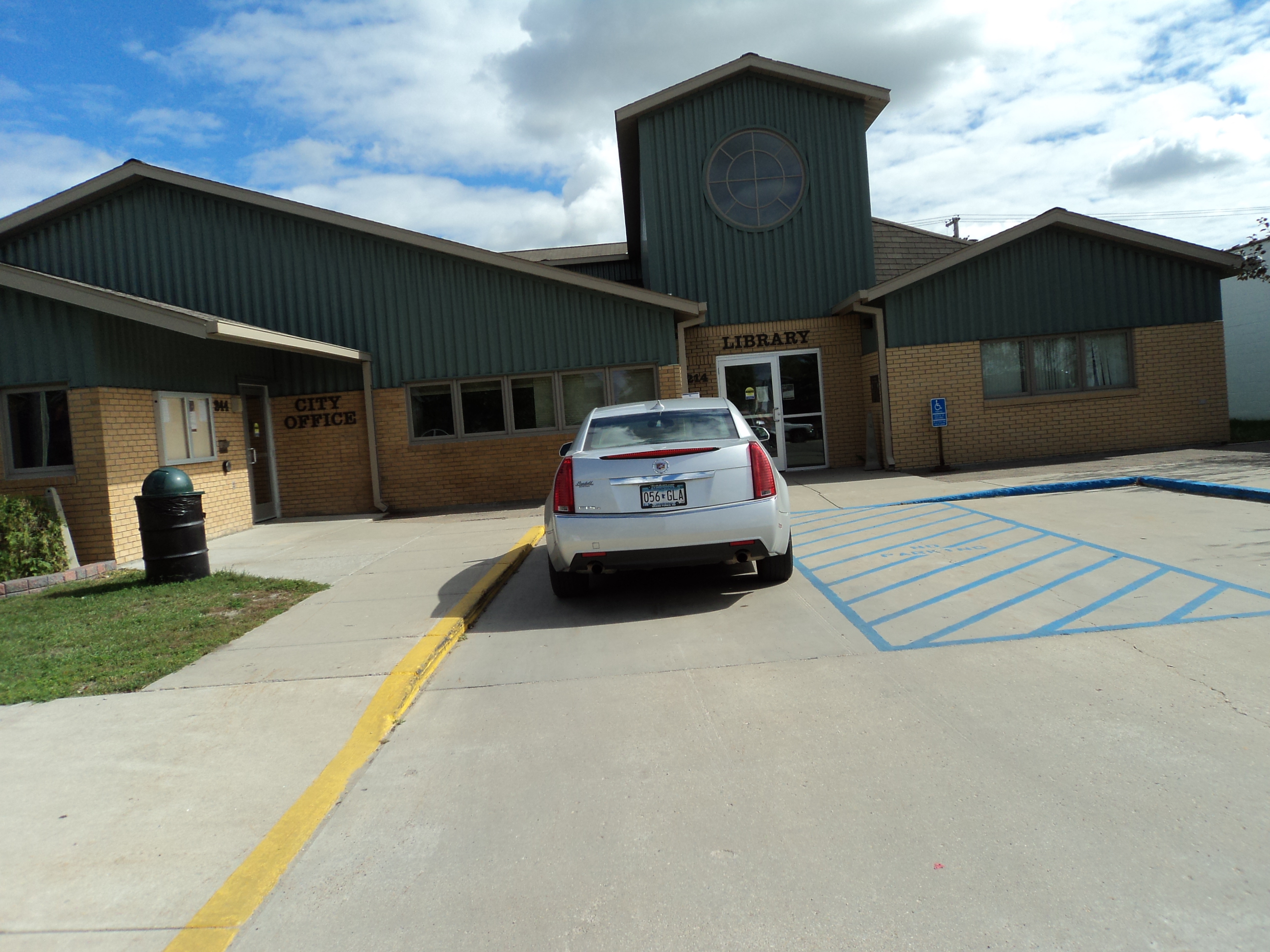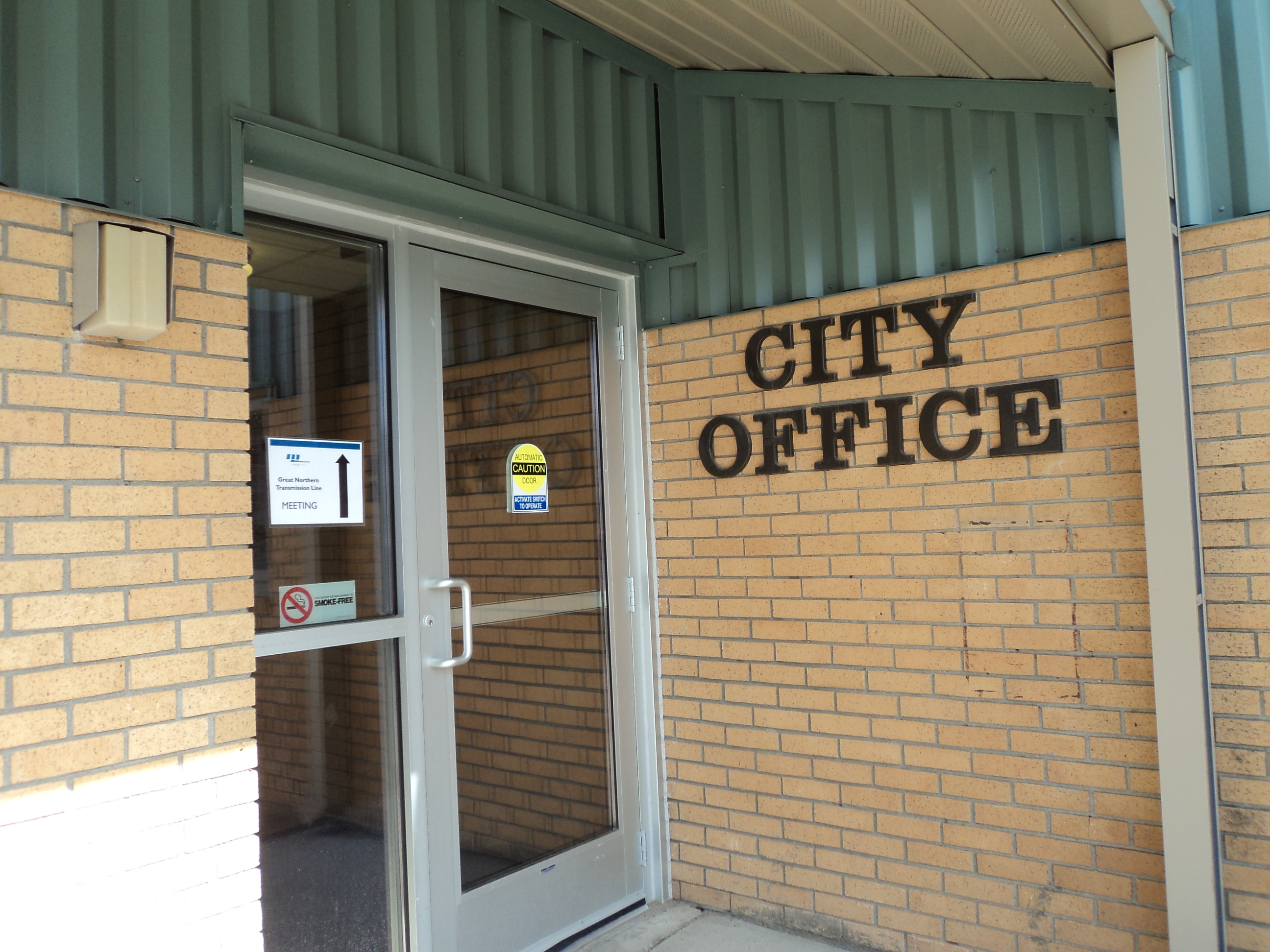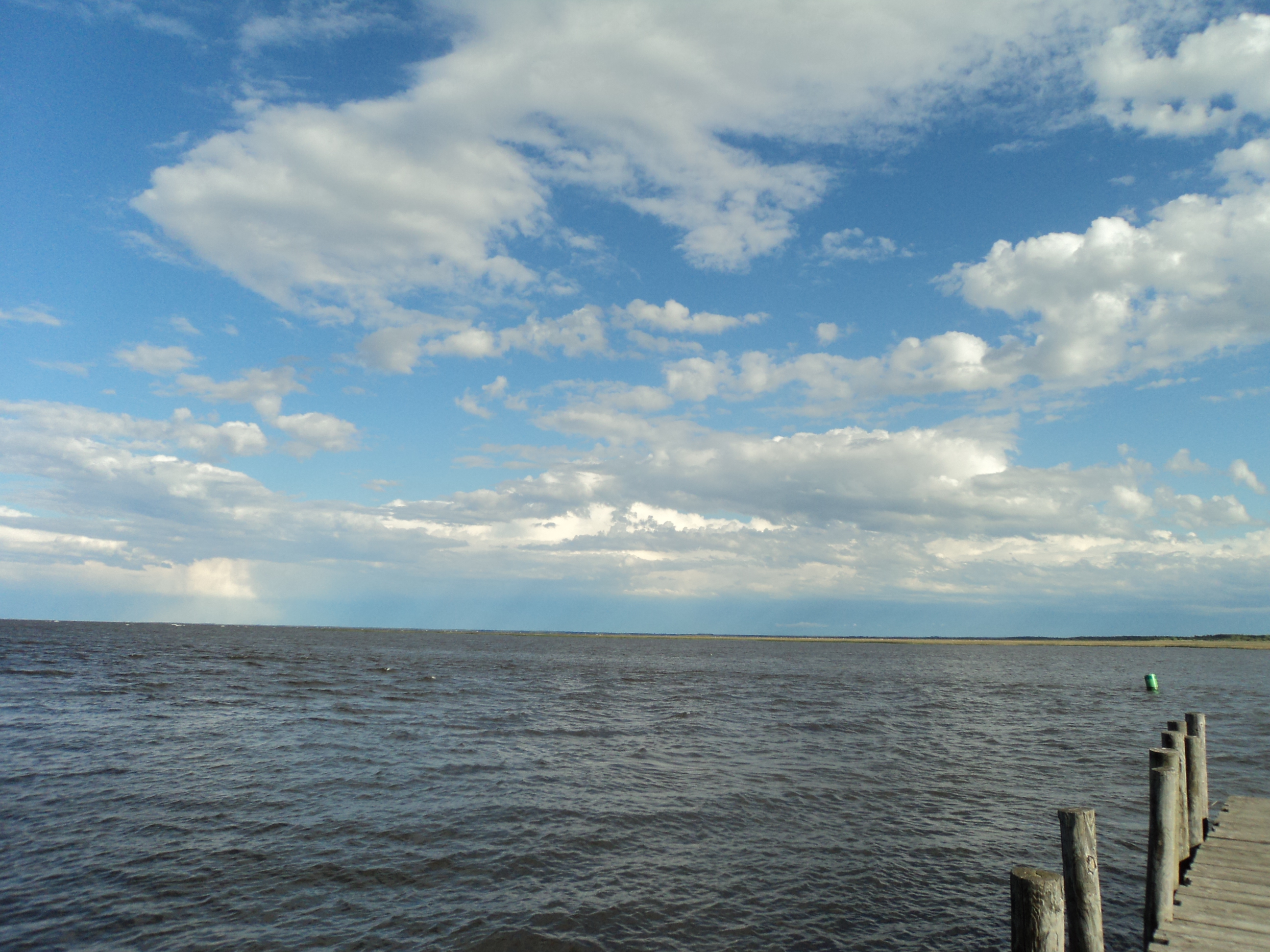
First Greenbush, kind of a snooze, as there weren’t that many people, which isn’t surprising as it’s in the daytime, 11-1. What I’ve noticed so far is that the small downs, while they’re slower paced and not many people, they seem to be in pretty good shape, well maintained, the local government buildings are well made, they have community centers, there’s activity on the streets, they are NOT dead, and instead I’d guess quietly thriving. It does not feel desperate, it feels like these towns are healthy.

Here in Warroad, where I’m staying, the main highway through town is lined with flowers, and Marvin Windows too… there are a few homes in disrepair, but Red Wing looks worse. Maybe a part of it is that it’s so green here, not brown, and the sky is SO blue, the clouds so dramatic, maybe that’s the lake:

On to Roseau next…
This transmission project is connected, literally, to Manitoba Hydro, and the hearings on the new damn dam were yesterday, and also next week:
By: Will Braun
Posted: 08/19/2013 1:00 AM | Comments: 19
Though Manitoba Hydro’s proposal to build two mega-dams would cost five times as much as Bipole III, it has received much less attention than the contentious $3.3-billion power line.
If that doesn’t change soon, the province’s biggest financial gamble in generations will be a done deal before the public has due opportunity to debate the pros and cons.
Hydro’s plan centres around construction of the Keeyask and Conawapa dams, projected to cost $6.2 billion and $10.2 billion respectively. Manitoba Hydro would like to have Keeyask in service by 2019 and Conawapa by 2026.
The Selinger government and Hydro clearly decided long ago that the dams are a “go,” though public hearings are still months away and environmental reviews are far from over.
In question period last month, NDP cabinet minister Steve Ashton said, flatly, “we’re going to build Keeyask and we’re going to build Conawapa as well because that’s what Manitobans want.”
In a speech last fall, Hydro’s new CEO, Scott Thomson, said the company’s ambitious expansion plan was a “key driver” in his decision to move from British Columbia to work with Hydro.
And in an April legislative committee hearing, Dave Chomiak went further. The minister responsible for Hydro said people who try to “stop hydro development” in Manitoba are “sabotaging our children’s future.”
His comments seemed to invoke the 2012 open letter in which federal Natural Resources Minister Joe Oliver dismissed opponents of energy projects as “radicals.” Like Chomiak, Oliver also had families and dams in mind, writing that the goal of the “radical groups” is to, “stop any major project no matter what the cost to Canadian families… No oil. No gas. No more hydroelectric dams.”
Hydro and government are not just talking either. The utility has spent roughly $1 billion on studies, negotiations and preparatory work related to the two dams. Heavy equipment is already on the ground building an access road and work camp for Keeyask. That work was hived off of the rest of the dam project and granted approvals as the Keeyask Infrastructure Project.
Now it is time to back up the democratic wagon.
While the dams were part of the NDP election platform, they were not a central issue. The Tories talked more about Bipole III and the NDP talked more about alleged privatization of Hydro under the Tories. Plus, the government had already granted a licence for the Keeyask Infrastructure Project months prior to the 2011 election.
The electoral victory provided a degree of social licence, but it was not a blank political cheque to proceed with every element of the campaign platform regardless of public process.
Government officials would note that the upcoming Needs For and Alternatives To review — to be conducted by the Public Utilities Board — will provide for public process, but there’s a catch. Actually there are three.
The review will not include Bipole III, even though the new dams would be useless without it. The government is not obligated to heed PUB recommendations; it can issue licences regardless of the outcome of hearings. And the public review process is only kicking in once the Hydro plan has been allowed to gain virtually unstoppable momentum.
The government news release announcing the Needs For and Alternatives To (NFAT) review made this fairly clear. Chomiak said in the November 2012 release the dams and related infrastructure “would propel the province’s economy for decades to come.” He said, “moving forward with these projects is an important decision and Manitobans need to be assured that they are in the best long-term interest of the province.”
But the purpose of a public review process should be to solicit public and expert input, not just to assure citizens their government is on the right track. The intent should be authentic democratic exchange, not a sales job.
The reason any of this matters is not only the dams would affect the economy of the province for a generation or more, but critical questions hang over Hydro’s expansion plan.
First, what are the chances the new dams will meet Hydro’s financial expectations, unlike Wuskwatim — the relatively small dam that began producing power last year — which is projected to lose money until 2022?
Secondly, how solid are Hydro’s price predictions for Keeyask ($6.2 billion), Conawapa ($10.2 billion), Bipole III ($3.3 billion), and the required additional transmission lines from the north and down to the U.S. border ($1 billion plus a yet-to-be-determined share of U.S. transmission)?
During the review of the Wuskwatim dam, Hydro said its cost estimate of $900 million came with a “90 per cent confidence level” that the final price would be within “-8 per cent to +9 per cent” of that figure. The price actually doubled — a 100 per cent overrun.
Hydro has increased contingency reserves this time, but there are no guarantees.
The third question looming over the dams is whether Hydro will be able to secure the necessary export contracts. As recently as 2011, Hydro’s plan assumed a 250-megawatt contract with Minnesota Power and a 500-MW deal with Wisconsin Public Service (WPS).
That’s 750 MW of the 2,000-plus MW the new dams would produce. Of course not all new power would be available for contracted export sales as growth in Manitoba’s energy demand is expected to use an additional 80 MW each year starting around 2021. Some power would also be sold on the spot markets.
Hydro got the 250-MW contract it wanted, contingent on both parties managing to build their portion of a cross-border transmission line. But the 500-MW deal with WPS hasn’t come through. So far, WPS has only agreed to a 100-MW deal, and the dates have been downgraded from the original 2019-2032 to 2021-29.
Beyond that, Hydro documents list a “proposed” 300-MW contract with WPS which, if finalized, would also be contingent on new transmission.
This year, Hydro has begun adding a 125-MW deal with Minnesota-based Northern States Power to the list of export contracts linked to new dams, even though previous Hydro documents made no such connection.
Including this latest and rather curious addition, Hydro has contracts for 475 MW of power worth about $4 billion. Beyond 2029 — relatively soon after the 1,485-MW Conawapa dam would come on line — it has only the 250-MW deal.
The government has said in the past the dams would only be built if sufficient long-term contracts were in place.
But bigger than the question of export demand, or dam profits or price projections, is the question of whether dams are the cheapest, greenest, most prudent option.
The purpose of the dams would be to meet the projected 1.6 per cent annual increase in domestic electricity demand (equal to about 80 MW per year). If we as a province could reduce electrical demand by that same amount annually, we wouldn’t need the dams.
This is no utopian tree-hugger’s dream; leading utilities are investing heavily in energy efficiency and conservation programs as the cheapest and greenest way to keep the lights on. These initiatives are not about lukewarm showers or living in the dark, but rather creating a finely tuned less wasteful economy — one that is geared toward the future.
Evidence from other jurisdictions, and from Hydro’s own costs for efficiency programs, strongly suggest this alternative to new dams should be seriously considered.
Manitoba Hydro will say there is no good alternative to its “preferred” plan. The job of the Public Utilities Board, and ultimately, the public, is to make their own determination about that.
Manitobans will have a chance to make their views known during the NFAT public hearings, which are expected to take place early next year. Fortunately, unlike the feds, who have made it more difficult for citizens to participate in certain public hearings, the PUB accepts written or oral presentations from “any interested persons or organizations.”
Those people who will stand up before the PUB next year to suggest alternatives to the mega-dams will not be sabotaging the future of any children; they will be participating in a vital democratic process.
Will Braun lives in Morden and works for the Interchurch Council on Hydropower.
wbraun@inbox.com



